Traveling to Japan offers an incredible opportunity to immerse yourself in a rich culture, breathtaking landscapes, and world-renowned technology. However, one crucial yet often overlooked aspect of travel preparation is understanding Japan’s unique electricity standards. From charging your phone to using a hairdryer or laptop, ensuring your devices are compatible with Japan’s voltage and plug systems can save you from unexpected frustrations.
Japan’s electrical system stands out for its distinctive features: the 100V standard voltage, type A plugs, and regional frequency variations. These differences can pose challenges for worldwide travelers, where electrical standards may differ significantly. Whether you’re planning to use your electronics while visiting Japan or bring Japanese electronics back home, knowing what to expect is essential for a hassle-free experience.
In this guide, we’ll walk you through the essentials of electricity in Japan, offering practical tips and advice for travelers from the US, Europe, and Australia. From understanding voltage and plug compatibility to where to buy adapters and export-ready electronics, you’ll find everything you need to stay powered up and prepared for your journey.
Japan’s Voltage and Plug Standards
Japan operates on a unique electrical standard of 100 volts (100V), distinct from North America (120V), Europe (240V), and Australia/New Zealand (230V). Japan also uses Type A plugs, similar to North America, but without the grounding prong, making compatibility a potential issue.
Here’s everything you need to know about using electronics in Japan or taking Japanese electronics home.
Using Foreign Electronics in Japan
Voltage Compatibility
- Devices with heating elements (e.g., hair dryers, curling irons) from countries with 230/240V standards require a voltage converter to function safely in Japan (European and Australian travelers). Most American devices will work in Japan without a voltage converter, as the 100V-120V difference is minimal. High-powered devices like hair dryers might perform less efficiently but should still function.
- Most modern devices like phone chargers and laptops are dual-voltage. Check the label on the power adapter for “100–240V.” If listed, no converter is needed.
Plug Adapters are Essential
Japanese outlets accept two equal-sized flat prongs. Most American two-pronged plugs fit Japanese outlets, but devices with three-pronged (grounded) plugs will need an adapter. If you come from Europe, you’ll need a type C/F to type A adapter to use European plugs in Japanese outlets and if you come from Australia, a type I to type A adapter is essential for compatibility.
Where to Buy Adapters in Japan
If you forget your adapter, head to:
- 100-yen shops: Budget-friendly and easy to find.
- Electronics retailers: Stores like Don Quijote, Yodobashi Camera, or Bic Camera stock adapters.
Buying Japanese Electronics for Use Abroad
Compatibility with Home Standards
Most Japanese electronics will work without issue in the US since the voltage difference is minor, and the plugs are similar. For European and Australian Travelers, Japanese devices will require a step-down transformer to function safely at home due to the voltage difference.
Look for Export-Ready Electronics
To avoid compatibility problems, purchase export-ready models designed for international use. Many tax-free shops in areas like Akihabara or Shinjuku in Tokyo cater to international buyers with electronics compatible with US, European, and Australian standards.
Additional Restrictions
Even if you resolve voltage and plug issues, be aware of potential limitations:
- Language Settings: Devices like cameras or appliances may not include English or other language options.
- Region Locks: DVD players or gaming consoles may be locked to Japan’s region.
- Network Compatibility: Japanese mobile phones might not work with your home network.

FAQ: Common Questions About Electricity in Japan
Why is Japan’s Voltage Different?
Japan’s unique electrical standard of 100 volts (V) has its origins in the country’s early industrialization period. In the late 19th and early 20th centuries, Japan adopted the 100V system from early American electrical systems, as Western technologies began to influence Japanese infrastructure. Over time, while many countries transitioned to higher voltages for efficiency, Japan chose to retain its 100V standard, ensuring consistency across the nation. This makes Japan one of the few countries with such a low-voltage system.
Can I Use my Hair Dryer in Japan?
The answer depends on your home country and whether your hair dryer or other electronic devices are dual-voltage.
- US Travelers: Yes, but it may perform slightly underpowered.
- European and Australian Travelers: Only if it’s dual-voltage (100–240V). Otherwise, a voltage converter is necessary.
For ease of travel, many people opt to purchase lightweight travel hair dryers that are dual-voltage and come with foldable handles, making them ideal for international trips.
Where Can I Find Reliable Electronics in Japan?
If you’re planning to buy electronics in Japan, you’ll find no shortage of excellent stores offering a wide selection of products. Here are some top recommendations:
Airport Duty-Free Shops: If you’re pressed for time, Japan’s major international airports, like Narita or Kansai, also offer duty-free electronics stores. While the selection might be smaller than in urban centers, you can still find quality items and essentials like plug adapters before departing.
Yodobashi Camera and Bic Camera: These massive electronic retailers have locations in major cities like Tokyo, Osaka, and Kyoto. They stock everything from cameras and laptops to household appliances and travel adapters. Both stores are foreigner-friendly, with English-speaking staff and duty-free shopping available for international travelers.
Akihabara: Known as the mecca for technology and anime enthusiasts, Tokyo’s Akihabara district offers countless electronics stores. Look for duty-free shops that cater to travelers and sell export-ready devices compatible with higher-voltage regions like Europe and Australia.
Don Quijote: While better known as a discount store chain, Don Quijote also carries affordable electronics, including adapters and travel necessities, making it a great option for last-minute purchases.
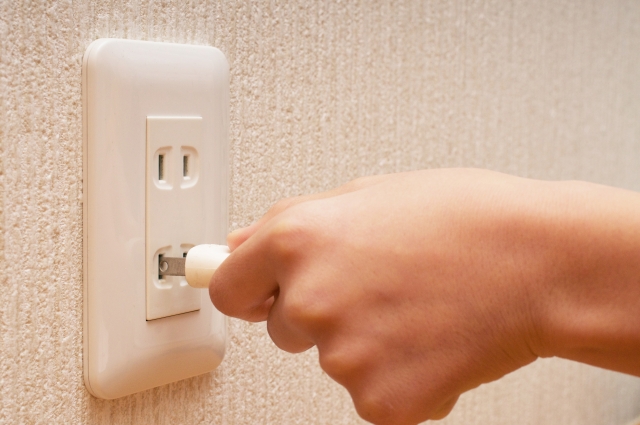
By preparing in advance, travelers from the US, Europe, and Australia can use their electronics hassle-free and even bring back unique Japanese gadgets. For more tips on visiting Japan and making the most of your trip, check out our Japan Travel Guide.

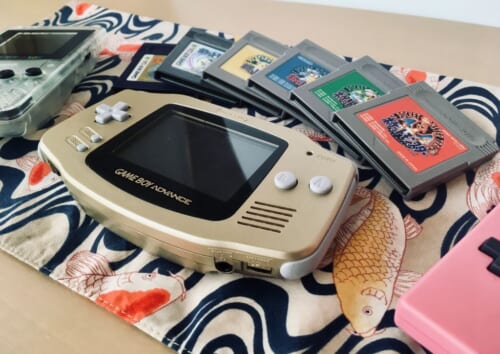
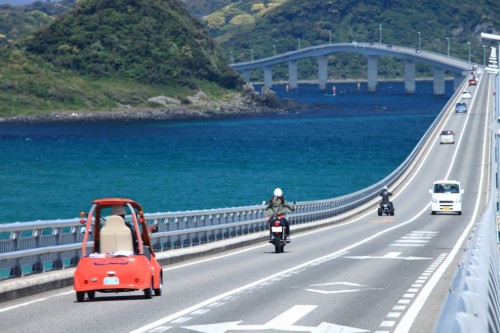
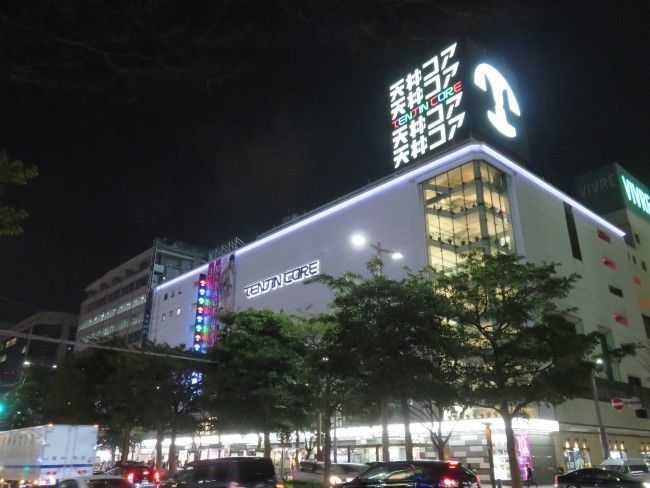
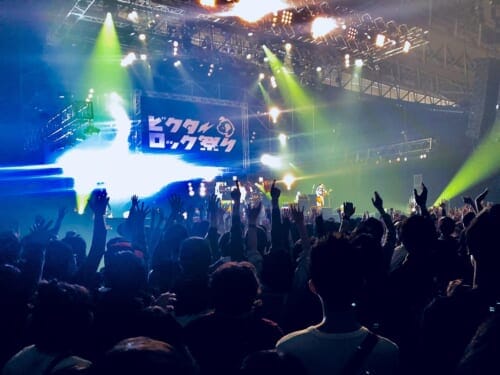


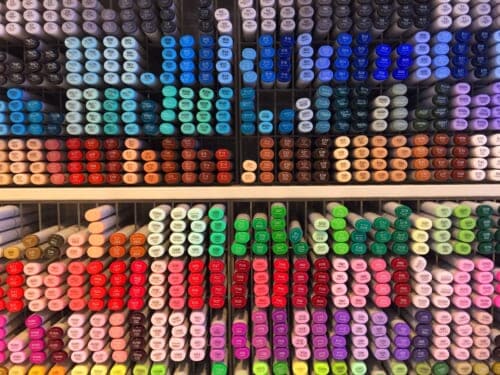



I’ve come into a second-hand kotatsu heating element that I’d like to use here in Canada. There’s no make or model number but the plug states it’s rated for 125V. The plug is an ungrounded 2-prong and the cord is wrapped in some kind of fabric, presumably a heat retardant. Should it be safe to just run out of a standard outlet?
Hello,
As long as you’ve double-checked your voltage, it sounds like your kotatsu should be ok to use in Canada. The age of your kotatsu can also be a factor in how it works, so take care to watch it when you first plug it in, and not leave it on without you present. Even though we try our best to provide comprehensive advice and tips, we can’t be 100% certain about how your new kotatsu will work, so we’d advise that you be diligent especially during the first time you use it. Otherwise, we hope you enjoy a wonderfully toasty fall and winter with your new kotatsu!